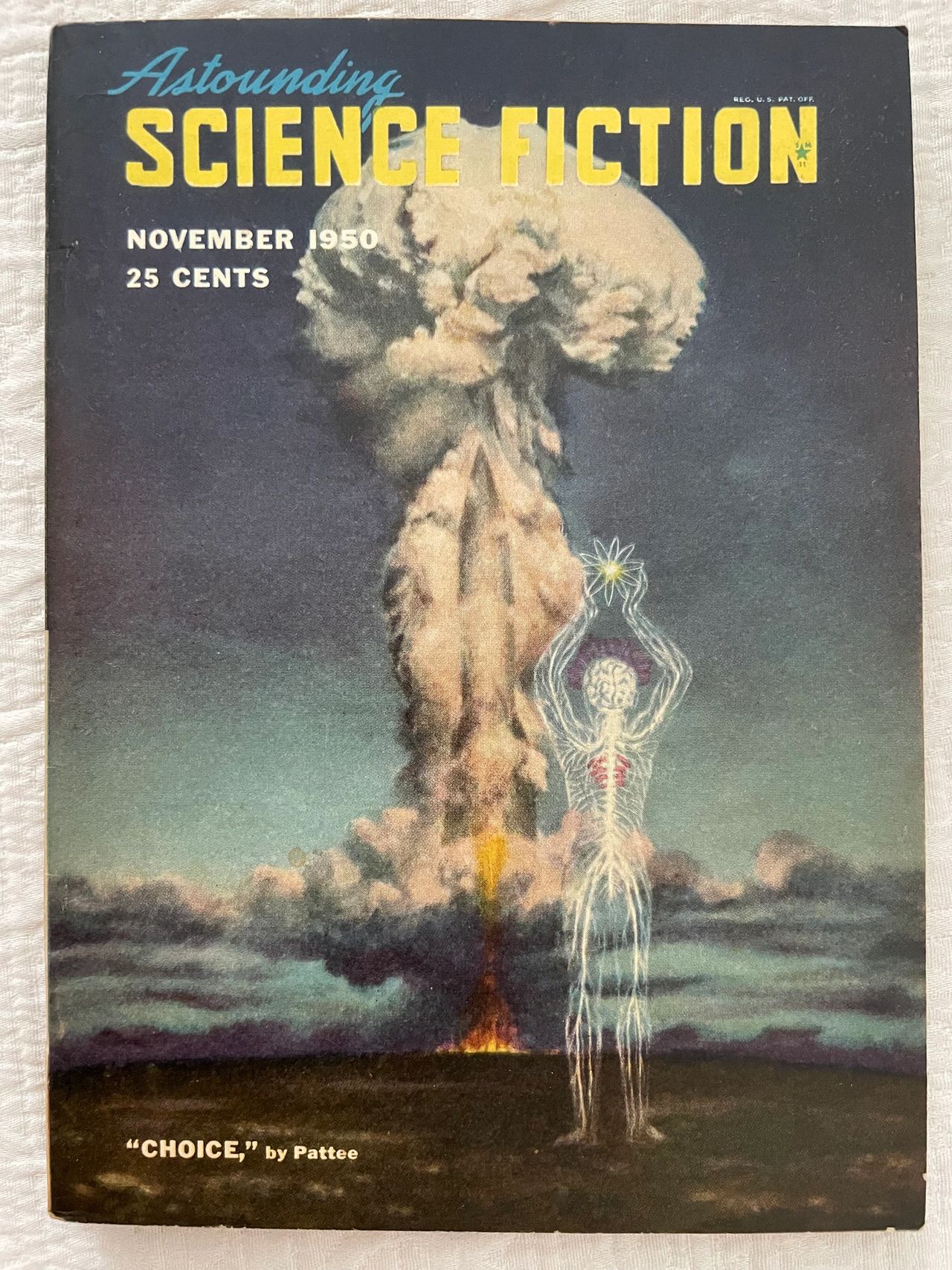
What the "H" ! .. the continued relevance of vintage posters
Share
This post has been updated. Please note: You'll be redirected to a product page when you hover and click on selected images.
Drawing parallels between messages of the vintage anti-war, political propaganda posters and information of more than 50 years and the ongoing thermonuclear threat of the modern age.
“ ' What if our urgent work now is, not to act at any price, but rather to lay in a stock of light for our difficulties?' This was Matthew Arnold’s point some hundred years ago.” - cited by Robert W. Marks, in Fuller, R. B. (1969), Utopia or Oblivion - The Prospects for Humanity, Bantam Sociology, p.ix
Ultimately, I feel, laying stocks of light are only effective with action. And that was (and is) the point of posters - to lay stocks of light and call for action.
I’d been hesitant to write this post; the idea of atomic and nuclear bombs is anathema to me. I’d rather just focus on creativity, light and lots of color and live in ignorant bliss. My curiosity through research while building my collection has betrayed me though, forcing me to acknowledge that only by facing the dark subjects can one fully appreciate the bliss and the light we value so deeply. I am left feeling like I’d be an accomplice to the protagonists and their obsession with world domination who recklessly dangle threats to employ the use of nuclear arms. I’m hoping now to share some light by tying in today’s headlines with the illustrations, ideas and information from past decades: whether it's a vintage movie posters made for thrilling films; cover art for popular publications or vintage posters created for protest that could be considered political propaganda - the messages are still relevant today.
With considerable research and experimentation, the inevitability of atomic and hydrogen bombs materializing was only made possible through better understanding of nuclear fission and fusion.

As early as 1895, the impetus of nuclear power originated with a series of notable scientific discoveries, starting with, though not limtited to, X-rays by Wilhelm Konrad Röntgen at the University of Würzburg; 1896 marked the discovery of radioactivity by French physicist Henri Becquerel - uranium connection with radiation; 1913, Frederick Soddy, an English radiochemist, discovered the existence of isotopes "based on studies of radioactive decay chains... between uranium and lead." Prior to this discovery, Soddy was concerned about society not being mature enough to "handle properly the advances of science." In 1938, scientist Otto Hahn, his assistant Fritz Straßmann, Lise Meitner and Otto Robert Frisch discovered nuclear fission. After the US had leveled the Japanese cities of Horoshima and Nagasaki by dropping uranium and plutonium bombs, Hahn devoted the rest of his life advocating for peace founding the Max Planck Society in 1948.

STOP the H Bomb Tests, a silkscreen poster by Ben Shahn in the 1960s, in both its simplicity of design and frank application of color, delivers an urgent warning of the devastation and horror that would consume us upon the release of the Hydrogen Bomb.
The purpose of the H Bomb was to serve as a deterrent to any threat after the release of the Atomic Bomb. Shahn’s heinous black mask with a wry grimace, obliterates the twisted fascination with the mushroom cloud.
The US conducted the first full-scale nuclear test in 1952, codename Ivy Mike, at the Enewetak Atoll in the Marshall Islands. The U.S.S.R conducted its own test the following year; followed by the United Kingdom in 1957; then China in 1967; and France in 1968.
Prompting concern, in 1957, Norman Cousins and Clarence Pickett formed SANE, a committee dedicated to informing Americans of the dangers of testing nuclear weapons. Ben Shahn and other artists joined Graphic Artists for SANE in 1962. Though a lifelong defender of humanity and outspoken critic of the government, STOP H Bomb Tests was his contribution to help fundraising efforts to further control of nuclear tests.
It's now 2024, presently there are nine countries that possess nuclear weapons. Living under the constant threat is exasperating, to say the least; even if the number of weapons has decreased, the number of countries that have them in their arsenal has not. What would it take to end the threat once and for all? Over 100 years of discovery and instantaneous realization of the potential destruction these energies possess, the powers that govern us still haven't matured to find constructive ways of using these energies to our benefit which in turn could help us to develop an abundance mindset. Wouldn't that be radical? We have the light. We have so much light.
